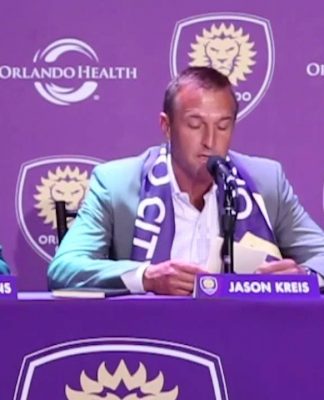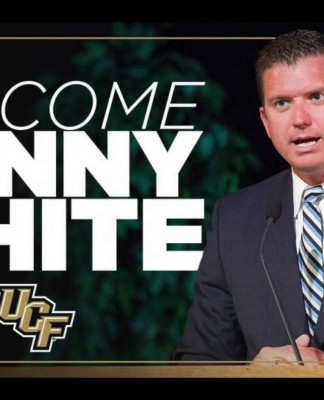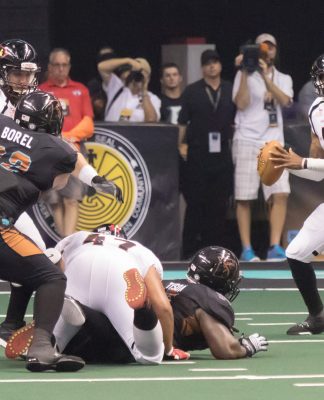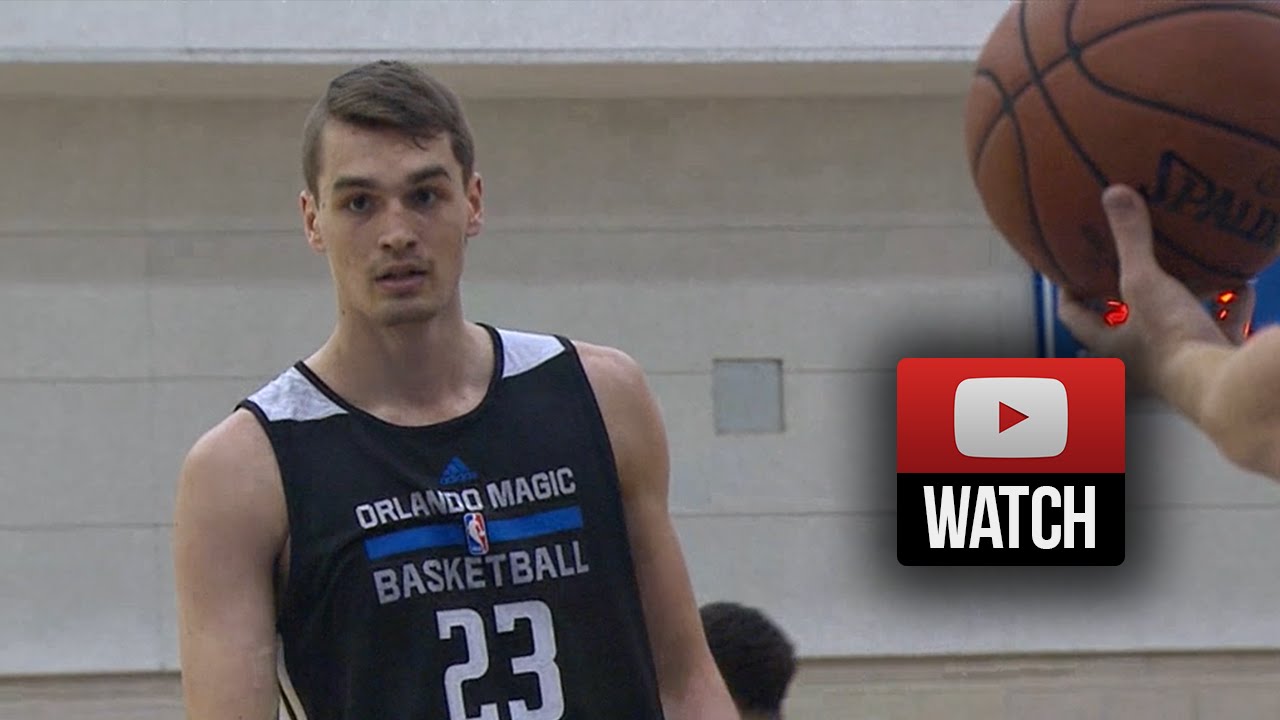Orlando City has had a lot of victories since arriving in Orlando in 2010 and very few defeats.
One of those defeats undoubtedly came in Tallahassee a little more than a year ago. The financing was all set from the City of Orlando and Orange County, along with Orlando City, to build the new stadium and complete the MLS dream.
The state government, perhaps still feeling stung from the poor deal it made with the Miami Marlins and facing a tighter budget and little appetite to fund sports stadiums, put the kibosh on all that. They did not approve that final piece of funding and Orlando City, Orlando and Orange County had to go back to the drawing board.
The Lions were getting their stadium though. Even if Flavio de Silva would pay for it himself.
The stadium would be privately financed, but how de Silva would raise the final bit of money to pay for the new stadium is something somewhat ingenious, and perhaps a little bit controversial.
Ken Belson of The New York Times reports de Silva and Orlando City have used a little-known program that allows for foreign investors to invest in projects in poor neighborhoods in exchange for benefits including a fast track for work visas for the investors and their families.
It is a program that was mostly used for hotels and other long-term use projects in these underdeveloped neighborhoods. The program was created in 1990, but has seen a huge spike in recent years. A stadium project is certainly a unique way to use the program.
“For us, it was a business decision,” said da Silva, who expects to raise about half the construction cost through the cash-for-visa program. “There was already demand from people who want to move to the U.S., have a green card and have a good opportunity to participate in the growth of the club.”
The stadium will cost $156 million and has already begun vertical construction in the Paramore district near Downtown Orlando, one of the poorest neighborhoods in the city. It is unclear how successful the program has been so far for Orlando City. And, yes, there can certainly be debate over whether the stadium itself will benefit residents in Paramore.
One advantage it has had for de Silva is his focus on seeking investors from Brazil. Many of the investors for other EB-5 projects, including the Atlantic Yards project (the area surrounding the Barclays Center) in Brooklyn, have come from China. The success usually depends on how quickly the U.S. office in charge of such things approves of the visa through their vetting process.
Despite any objections to the program itself, Orlando City is using an available avenue to raise the funds and doing it in a unique way to get the stadium done.
This month's aerials. We spy a roof… #YourCityYourStadium pic.twitter.com/vfYJwur0gN
— Orlando City SC (@OrlandoCitySC) May 16, 2016
The roof is going up and it seems like Orlando City is on track to open its 2017 season in its new stadium.

















